Growing your own produce may not seem like a reasonable goal for most, especially if you live in an urban setting. Most people don’t have the space or land to cultivate crops. However, if you can manage to start your own garden, growing your own vegetables is easy and has many benefits. You will have access to fresh organic produce without pesticides and without paying a premium price at grocery stores. And luckily, you don’t have to have a green thumb for all homegrown veggies. The easiest vegetables to grow are listed here for you so you can take the guesswork out of gardening.
Excited to start your own garden? StudyFinds scoured the web to find 10 gardening experts to compile this list of the seven easiest vegetables to grow if you’re ready to plant your own produce. Although it may take time and patience to develop a good harvest, growing your own food can be great for the environment, your body, and your wallet. Choose a few of your favorite veggies and start cultivating your green thumb. Let us know in the comments what vegetables you recommend to kickstart your budding garden!

The List: Easiest Vegetables to Grow, According to Expert Gardeners
1. Lettuce
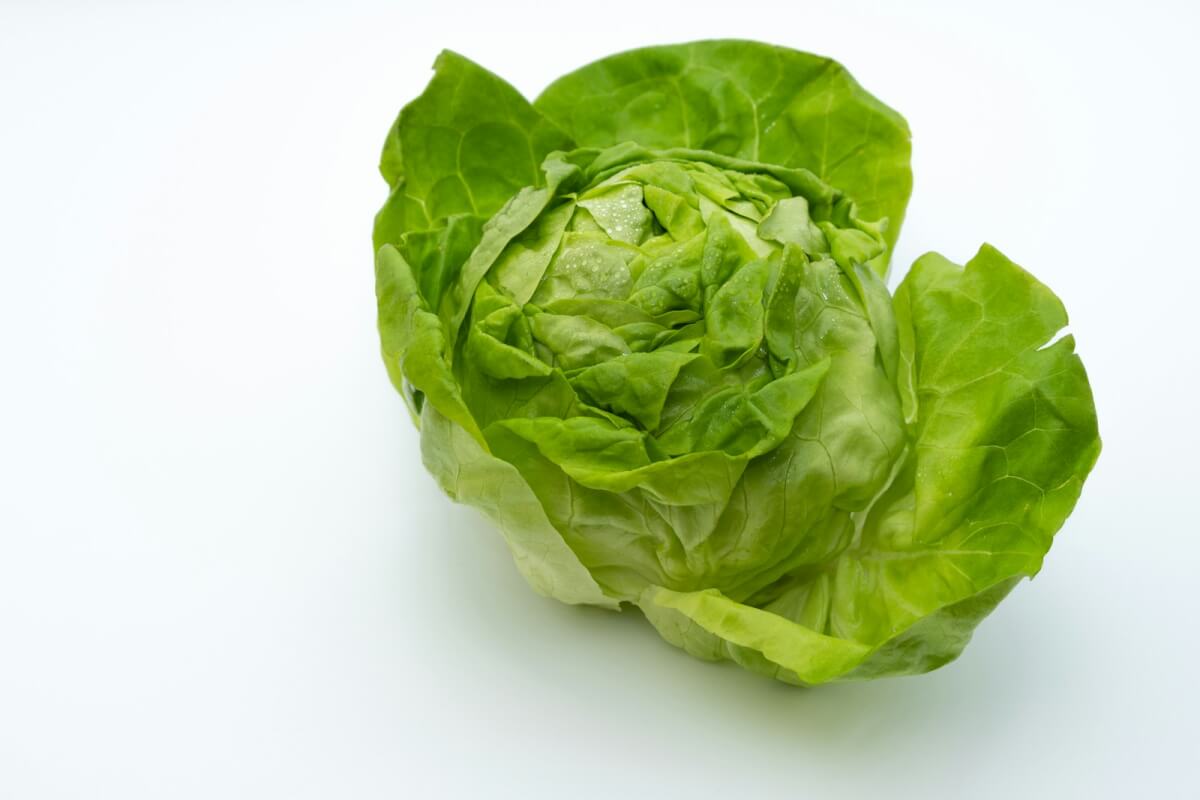
Lettuce may not seem like a particularly exciting or desirable veggie to grow, but getting a good crop is fast and easy. Once you have a few heads of lettuce growing, you can easily pull from your garden for sandwiches, salads, or garnishes. Lettuce can be grown in containers or garden beds, in well-drained, moist soil, Martha Stewart says.
A great benefit about lettuce is if you harvest its outer leaves, the center will continue to grow, giving you a longer harvest. Make sure your lettuce plants are moved to the shade in hot weather and that you are snipping off smaller quantities to ensure that your plants continue to yield leaves a for a longer period of time, The Old Farmer’s Almanac suggests.
If you find lettuce boring, keep in mind that there are more varieties of plants than the typical romaine or iceberg lettuce you might be used to seeing in the grocery store. Experts at Savvy Gardening recommend planting a colorful mix of lettuces for a vibrant and delicious harvest. Think ruby reds, emerald lollo rosso, and even black-seeded simpson – plant them in a row and watch your salad bowl transform into a mini rainbow!
2. Radishes
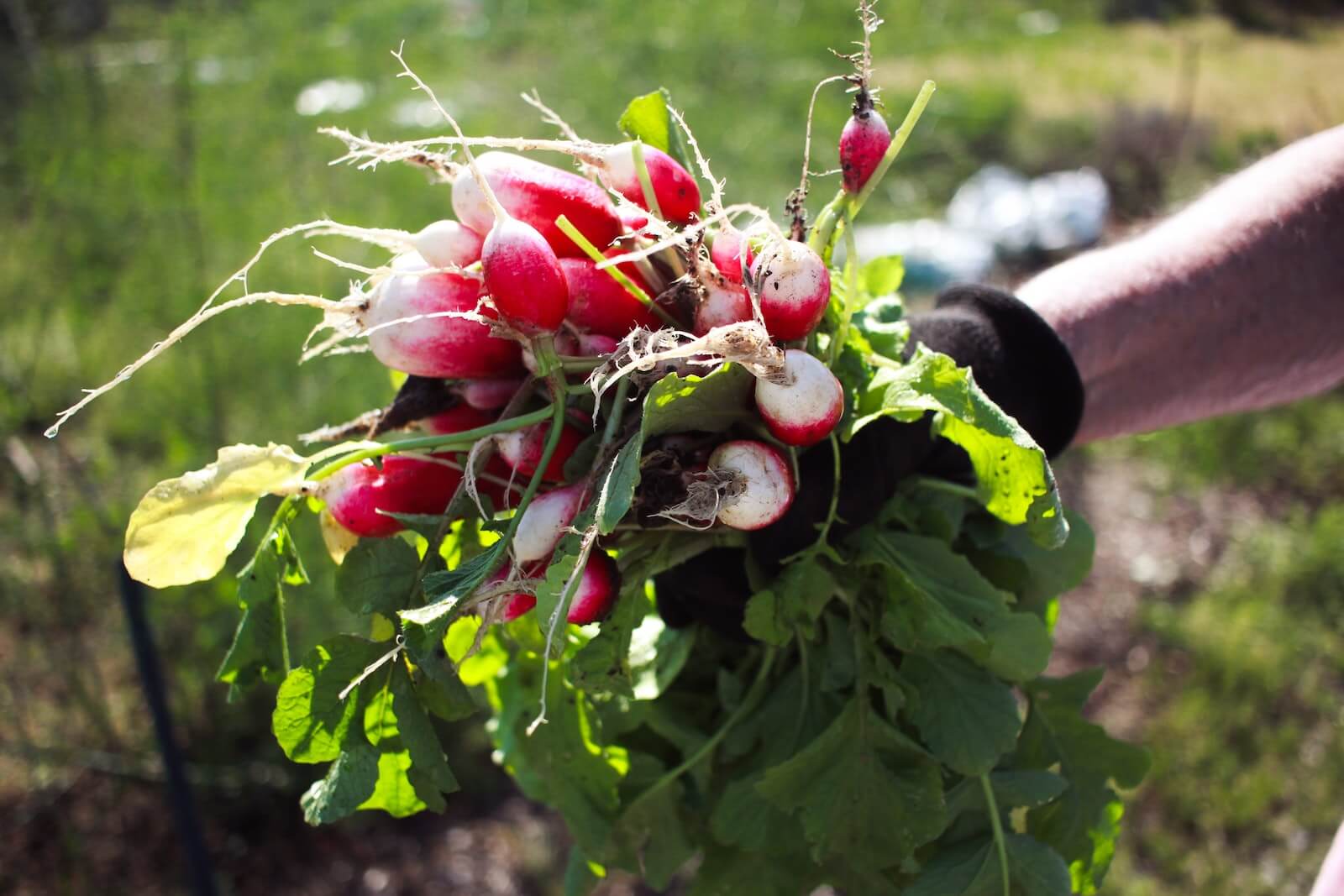
If you’re not familiar with radishes, you can enjoy this root vegetable raw in salads or even cooked in grain bowls or sauté dishes. They have a peppery, fresh taste when eaten raw and, best of all, they’re easy to grow. The seeds can sprout in as little as three weeks after planting, and you can sow new seeds every seven to 10 days for a continuous supply, Southern Living notes.
Radishes thrive in sunny spots with loose soil. Plant radishes a half to one inch deep, according to Reader’s Digest. You will want to sow more when the temperature drops in the fall. Cooler temperatures will mean milder tasting radishes.
The great thing about the small bulbs is they are also a diverse veggie, and you can easily buy seeds of different types to keep your dishes fun. Think spicy kicks or mellow bites, plump and round shapes or long and slender like carrots, Real Simple writes. And the colors? They’re a rainbow explosion – white, yellow, pink, red, even purple!
3. Green Beans
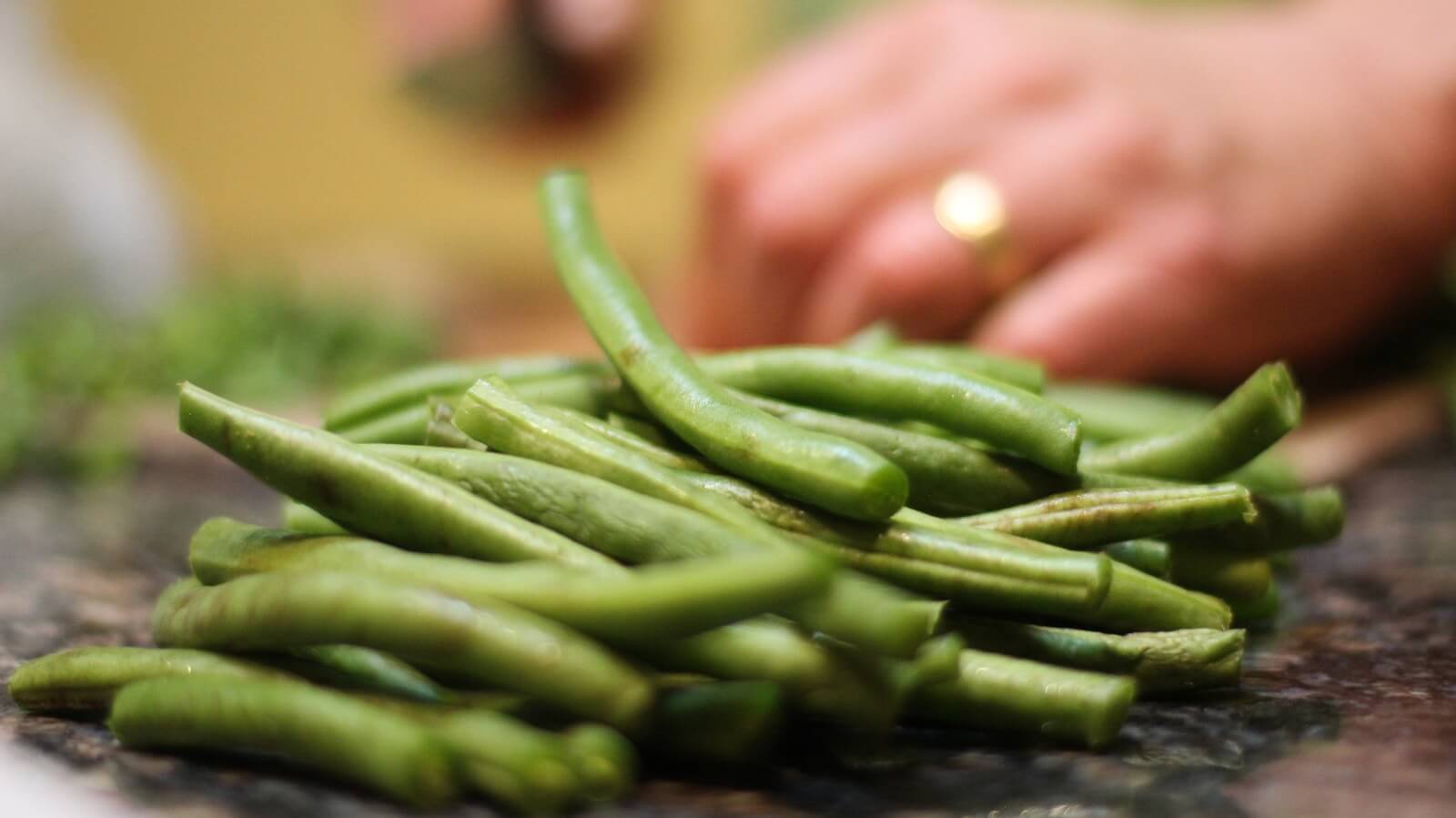
Green beans are a fun vegetable to grow because there’s always an abundant harvest of many instead of waiting for a single larger veggie to grow. They’re a great option to pair with meat dishes if you’re not a fan of salads or other vegetables typically eaten raw. Country Living suggests planting your seeds after the worst of the cold season and all danger of frost damaging your plants has passed.
Gardeners can choose from two different types of green bean plants – bush plants are compact, and pole plants grow vertically, Morning Chores explains. Both types will be best grown on a trellis to direct the vines, save space, and allow for an easier harvest. You can buy a premade trellis or easily make one at home.
If you plant to grow green beans, sow your seeds about one inch deep and two to four inches apart for a harvest that should be ready in about 50 to 60 days. Try planting Blue Lake, Provider, Contender, Maxibel, or even the funnily-named Dragon Tongue and Tongue of Fire, (Homes & Gardens). These superstars will reward you with crisp, tender, and slim pods that will elevate your summer salads and stir-fries to a whole new level.
4. Cucumbers
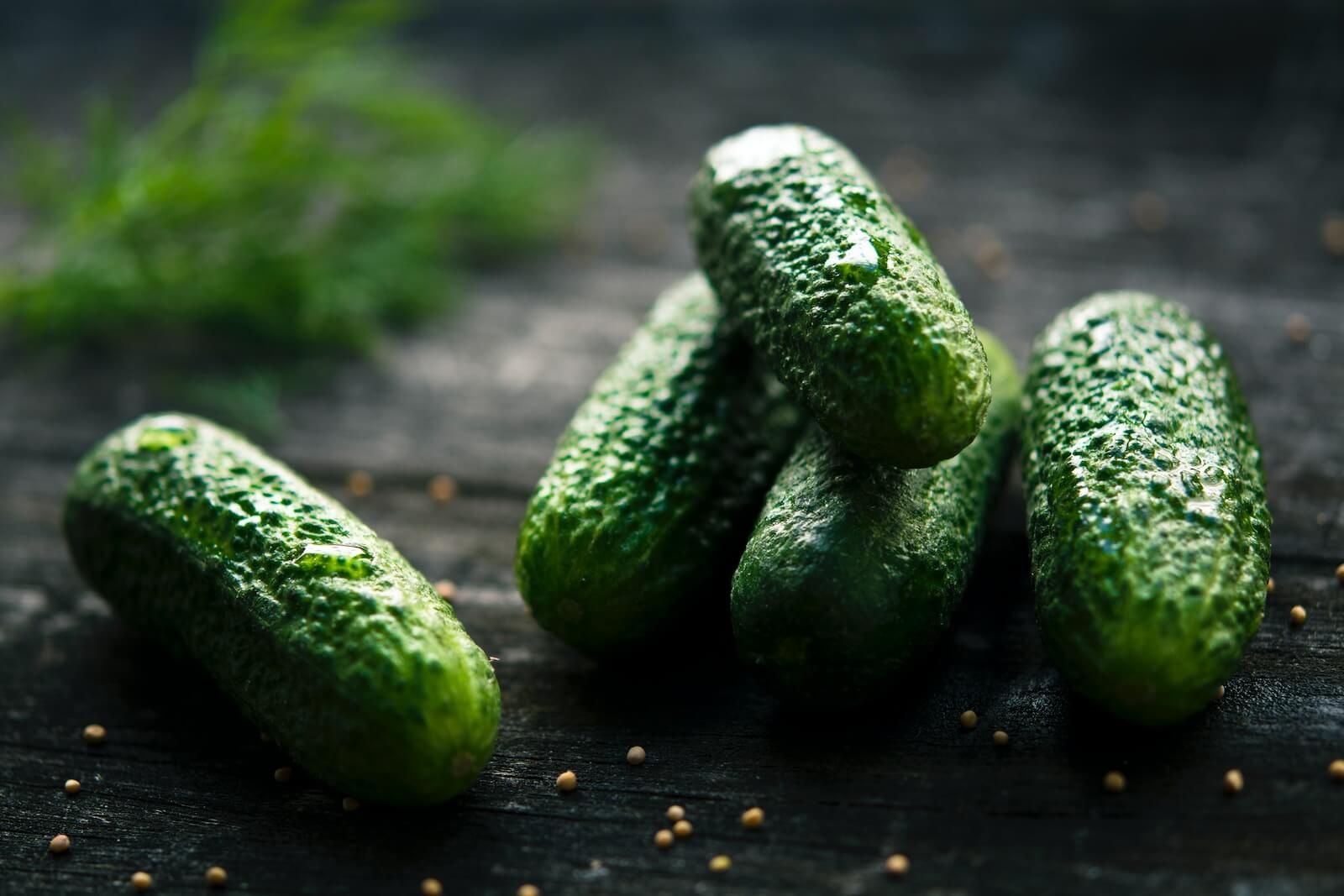
Cucumbers are another vegetable you can grow easily. You can slice them for salads and garnishes or eat alone as a refreshing snack. It is the cousin of summer squash, and grows in much the same way, Food Network explains. You will want to let the plants grow on a trellis to save space and keep the harvest off the ground.
Prep your soil in advance for cucumbers by using fertilizer rich with potassium and nitrogen, The Old Farmer’s Almanac says. They should be planted several weeks after the last frost of the cold season. They do well if planted near corn due to shelter from the wind and more access to trapped heat.
Cucumbers are typically ready for harvest about six weeks after planting and should be picked once they’ve grown to about six inches. If you’re looking for a refreshing twist on the classic veggie, try lemon cucumber, Real Simple suggests. Not only does it look adorable (think sunshine yellow and lemon-sized!), but its flavor is delightfully mild and slightly sweet, perfect for adding a touch of something different to your dishes.
5. Cherry Tomatoes
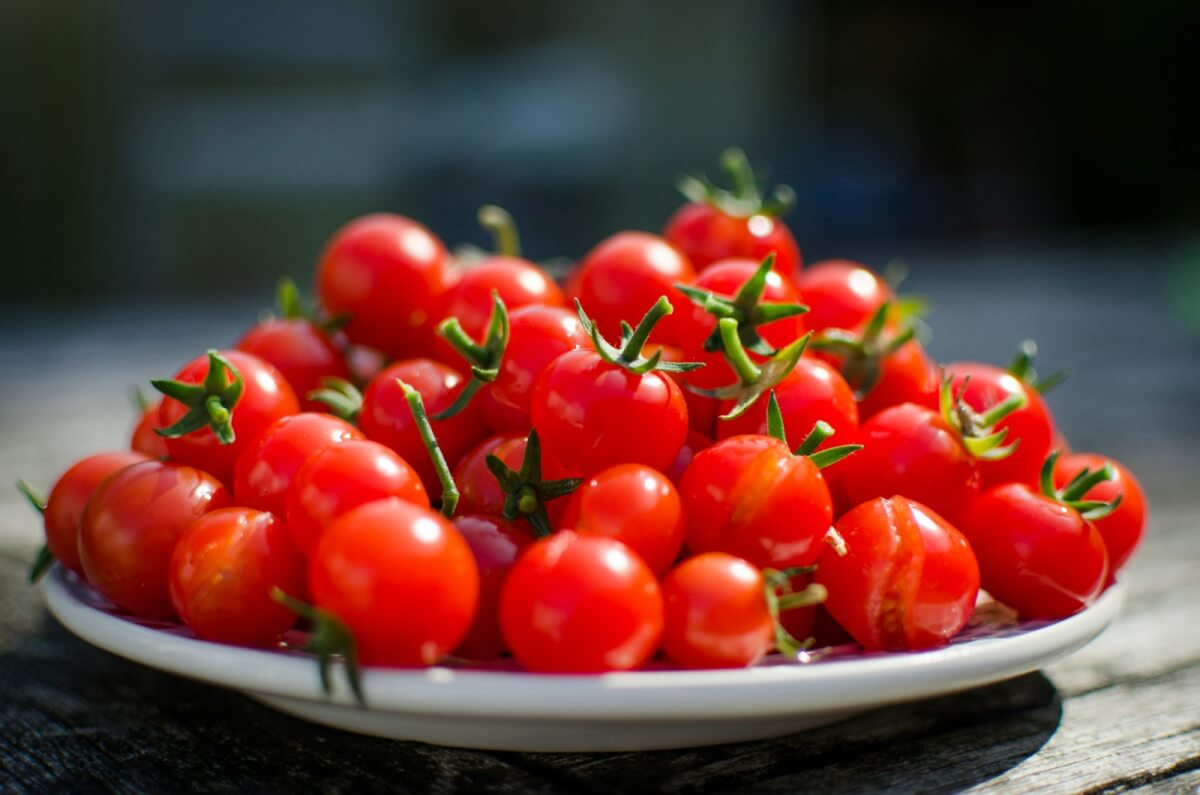
While tomatoes are botanically fruits, they are used and classified for culinary use as vegetables, so we included them on this list based on the how often experts mentioned them. Cherry tomatoes come in different variations, but are typically about the size of a grape and bursting with much more sweetness and flavor than a regular-size tomato. They grow quickly and yield a large crop. It’s best to start growing from healthy seedlings instead of seeds, and Country Living reminds readers to check the tag. Why? Determinate plants are around three to four feet tall and indeterminate can grow up to ten feet or more.
They are also best planted long after the spring frost in well-draining, rich soil. The plants need full sun exposure and warm temperatures. The tomatoes are often prone to disease, Southern Living notes, but smaller fruit varieties like grape and cherry tomatoes do better because of their quick growth.
It will take about two months for a harvest after planting, but you should have an abundant harvest, Savvy Gardening explains. If you are planting outdoors, try the Sun Gold, Jasper, or Sunrise Bumble Bee varieties. For those using containers or boxes who need more compact plants: the Sweetheart of the Patio, Tumbler, or Terenzo are great plants to start with.
6. Carrots
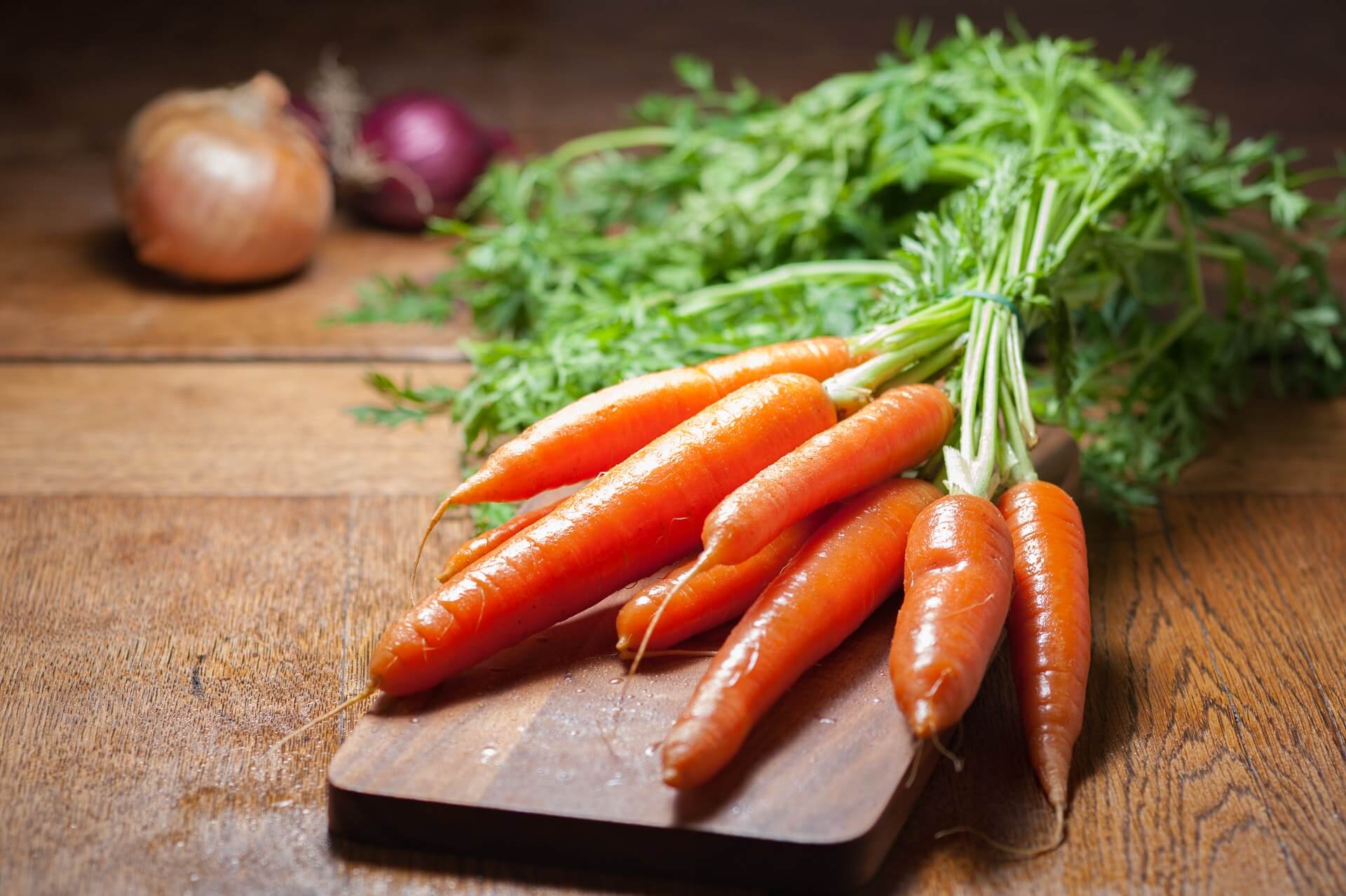
Carrots are another vegetable that can be consumed raw or added to salads, or works well in dishes like stews. Growing carrots is quite similar to growing radishes since it is a root vegetable as well, Food Network says. The shorter the type of carrot, the shorter the growing time. Carrots are ready as soon as you see the top of the head popping through the soil.
The crunchy veggie does well in loose, sandy moist soil, Martha Stewart says. It is better to give your plants more room in between, as carrots given proper space to form will have a better shape. Try to space your plants about two inches apart to allow for proper root development.
Pests like carrot fly can be off-putting for those who have never grown the root vegetable, but you can easily solve this problem with netting or plastic. For a truly stunning harvest, try the vibrant yellow Amarillo, the mysterious dark purple Black Nebula, or the eye-catching Kyoto Red, Homes & Gardens adds. Of course, if you prefer the tried-and-true, classic orange varieties like Little Finger or Autumn King are always a reliable choice.
7. Summer Squash
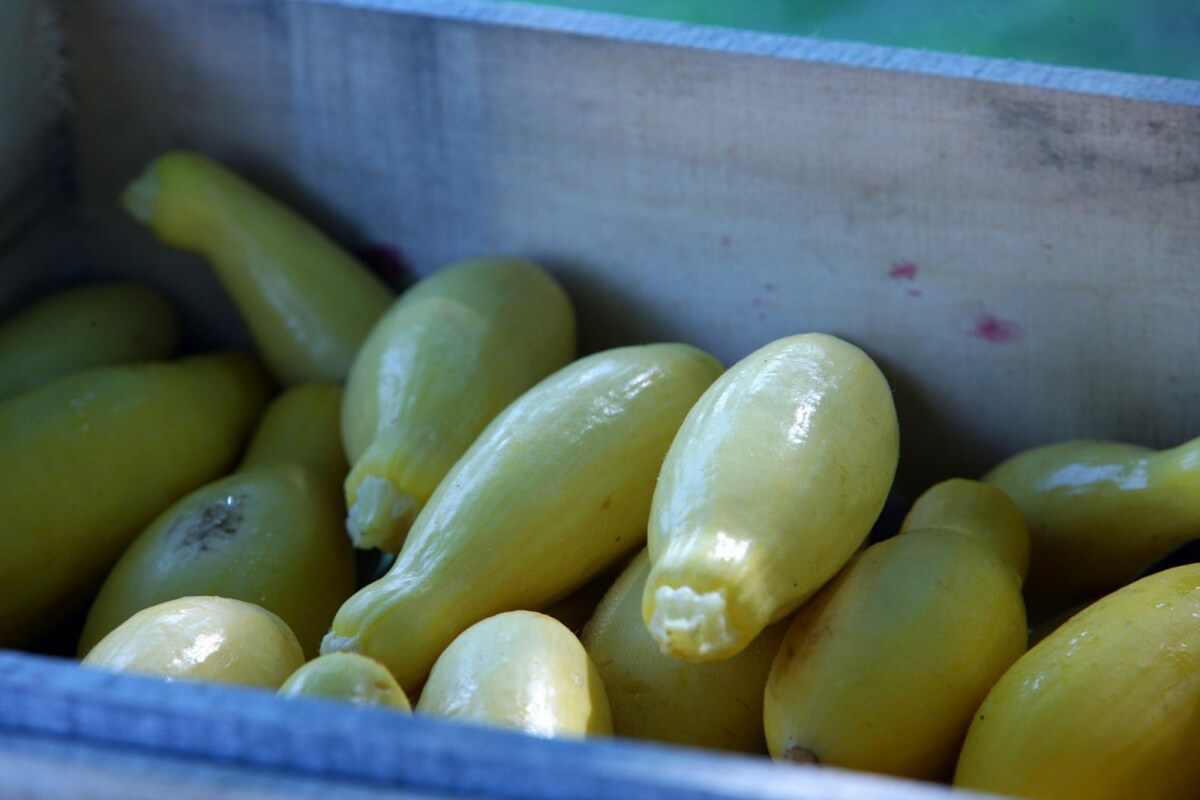
Summer squash includes the well-known zucchini, which is great in pastas or other cooked dishes. The plants produce large amounts of harvest once the plant is happy in its conditions, Country Living explains. Most varieties of this vegetable will need four to five feet of space, but can also be guided onto a trellis.
Starting your seeds indoors or buying seedlings gets you a head start, so you can be enjoying delicious squash in as little as 48 to 65 days, Morning Chores says. Picking is easy – look for a yellow top and a stem that separates from the vine without a fight. Taking care of your squash is simple too: just water regularly when the soil feels dry and give it a monthly feeding of fertilizer.
Besides being fun to grow because of its resilience and ability to produce, Homes & Gardens loves the different varieties of squash you can grow. Apart from zucchini, spaghetti squash is popular, as well as butternut squash, Zephyr, and Early Summer Crookneck.
You might also be interested in:
Sources:
- The Old Farmer’s Almanac
- Martha Stewart
- Savvy Gardening
- Reader’s Digest
- Southern Living
- Real Simple
- Country Living
- Morning Chores
- Homes & Gardens
- Food Network
Note: This article was not paid for nor sponsored. StudyFinds is not connected to nor partnered with any of the brands mentioned and receives no compensation for its recommendations. This article may contain affiliate links in which we receive a commission if you make a purchase.
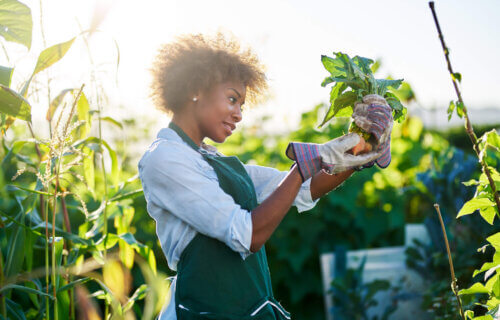
Zuccini and yellow summer squash are also among the easiest vegetables to grow. And cheap since they grow readily from seed.
Herbs are our most fulfilling crops, and there are many – such as thyme, rosemary, oregano, parsley or a rich variety of Asian herbs (we get some wonderful ideas from Asian markets, often sprouting our own from pieces of herbs). Herbs produce daily, are less prone to pests, save of buying expensive herb bunches, grow quickly and have long lives.
Other than radishes, I disagree with this list, at least in Virginia, where I have farmed commercially for the last nine years. Lettuce & Swiss chard seed often fails to germinate, cucumbers only yielded twice in 9 years, and bush beans frequently fail to set pods.
I found okra to be quite proliferate. Grow fast and very abundant. But you need to pick when they are small so they are flavorful and crunchy. Large okra may as well be throw away so harvest quickly. They tend to get huge overnight. You can freeze these simply by slicing and freezing. That’s it!
Herbs are also an easy pick to grow and can usually be harvested as needed so you would have a never ending supply of tour favorite herbs. Can be grown in pots to move indoors when it gets too cold to garden.
Zucchini and most squash are easily grown as well and can be quite proliferate as well. Harvest these soon as they are ready and don’t let them get huge because these are not good when overgrown and may as well be thrown out.
Good luck to everyone with your gardening